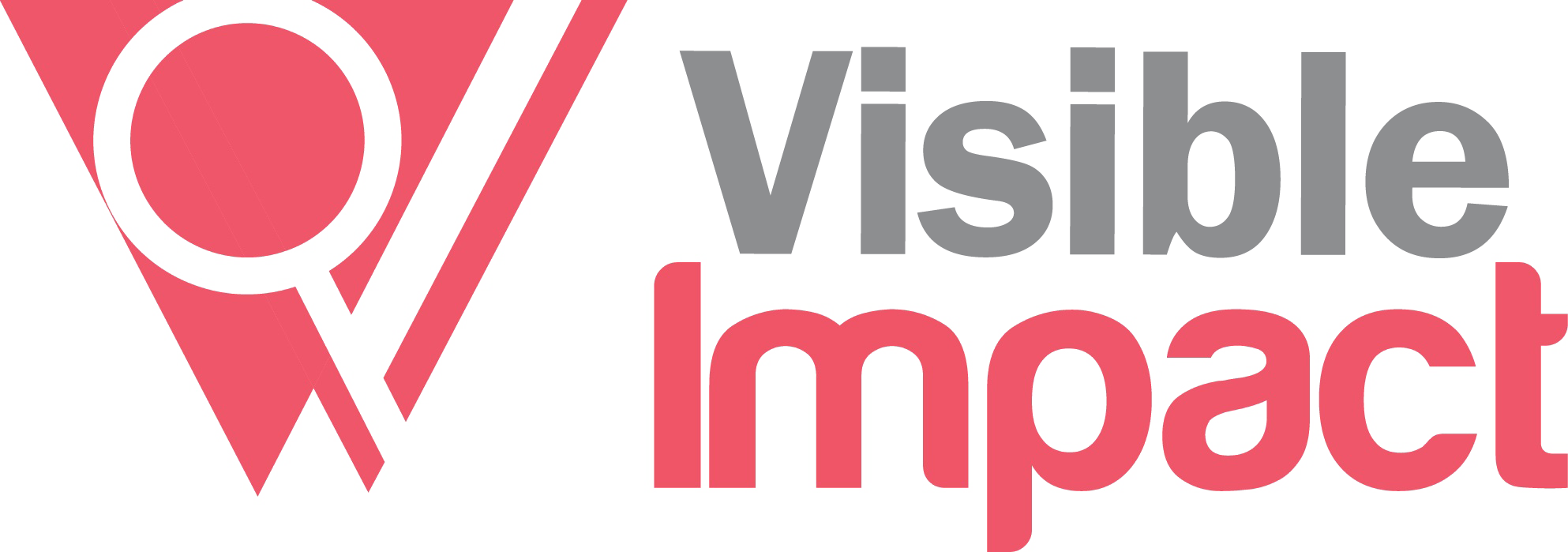"The Paradox of Commercialized Body Positivity"
All bodies are beautiful! Love your body! Be confident!
These are messages we see everywhere these days: on social media, in magazines, in beauty product advertisements; everywhere. By rejecting society’s rigid standards for beauty, body positivity campaigns have long empowered thousands of women across the world to feel better about their bodies, and continue to do so.
But is that still the case? Is the movement still breaking boxes like it once advocated for or is it instead just creating a bigger box in disguise? And is the movement still rooted in its essence of empowering people to feel comfortable in their skin or has it changed its original narrative altogether?
Body image is something almost everyone struggles with at some point in their lives. Especially with the unrealistic beauty standards and ideals set forth by our society and media, having a positive and healthy outlook on one’s body can be challenging. And then, there is social media and the unrealistic picture it paints, media twisting around narratives, and companies on their toes ready to cash in on their consumer’s insecurities: first by making people feel less beautiful and worthy with the likes of anti-aging and skin brightening products and then, by shoving some commercialized reassurance of “Love your body no matter what” down there throats in the name of body positivity. But is that all there really is to body positivity?
Firstly, the very existence of commercialized body positivity is a paradox. Selling products that are meant to beautify/cover-up for inadequacies while advocating for the opposite comes across as nothing more than a business strategy. It is, therefore, no different from its age-long counterpart of ‘body negativity’ in that they serve a common purpose - getting people to buy their products. And secondly, it has somehow managed to twist the narrative of the campaign, making it something it was never meant to be.
Ever since its origin in the 1960s, body positivity movements have focused on trashing society’s toxic ideals of what is beautiful, all the while empowering people to feel worthy and accepted for who they are, irrespective of whether or not they fit those standards. And while commercialized ‘body positivity’ campaigns these days claim to do the same, they miss out on one point, and in that the most essential one of all. In an attempt to garner customer attention and support with affirmations like “All bodies are beautiful” and “Love your body” (masking their true strategies for profit), they, in fact, overlook the whole point of body positivity movements - “That all bodies are normal”. Contrary to what the campaign stands for, such companies expand the notion of beauty rather than trashing the toxic idea that a person’s only worth is in their appearance. And in doing so, companies and social media even, exploit the campaign, taking away from it its true essence - What defines or makes a person is much more than just skin deep. So, yes, love your body. But even if you don’t, it’s okay. It’s a process; one that takes time and comes from the realization that we are more than our appearance. Our essence isn’t in fitting into abstract boxes made by others. We are more than that.
